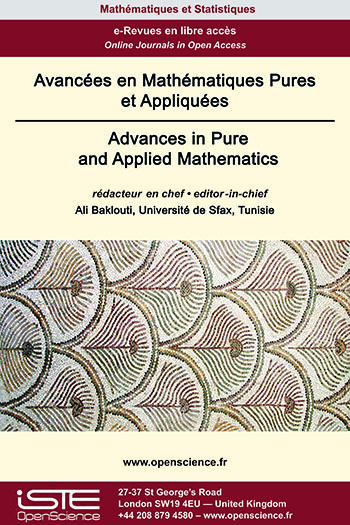

Mathematics > Home > Advances in Pure and Applied Mathematics > Issue
This paper is devoted to parabolic fractional boundary value problems involving fractional derivative of Sturm-Liouville type. We investigate the existence and uniqueness results on an open bounded real interval, prove the existence of solutions to a quadratic boundary optimal control problem and provide a characterization via optimality system. We then investigate the analogous problems for a parabolic fractional Sturm-Liouville problem on a star graph with mixed Dirichlet and Neumann boundary controls.
In this paper various conditions under which a weighted composition operator $$$W_{\psi,\phi}$$$ on the weighted Hardy space $$$H^2(\beta)$$$ becomes complex symmetric with respect to some special conjugation have been explored. We also investigate some important properties of the complex symmetric operator $$$W_{\psi,\phi}$$$ such as hermiticity and isometry.
In this paper, we present a variant of Krasnoselskii’s fixed point theorem in the case of ordered Banach spaces, where the order is generated by a normal and minihedral cone. In such a structure, there is a possibility to give a new sence to the concept of contraction.
We study the linear dependence of disjoint unions of double points of an integral and non-degenerate variety $$$X\subset ℙ^r$$$. Such sets are called Terracini loci. Our main results are for Segre-Veronese embeddings and a few other homogeneous spaces. To study the minimal number of such double points which are linearly dependent, it is useful to study the minimal degree curves contained in $$$X$$$. We give an example (the Segre embedding of ℙ1$$$\times$$$ ℙ1) in which these curves are not suffcient to describe these Terracini loci.

2024
Volume 24- 15
Issue 1 (January 2024)2023
Volume 23- 14
Issue 1 (January 2023)2022
Volume 22- 13
Issue 1 (January 2022)2021
Volume 21- 12
Issue 1 (January 2021)2020
Volume 20- 11
Issue 1 (May 2020)